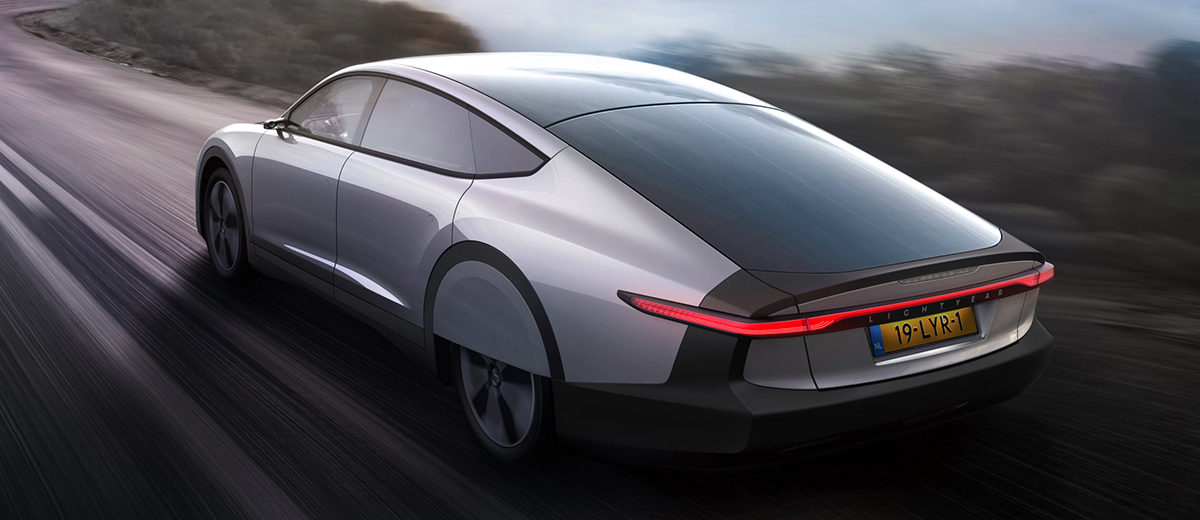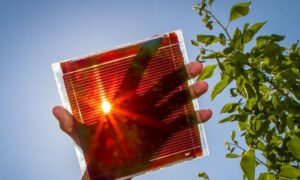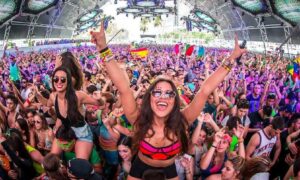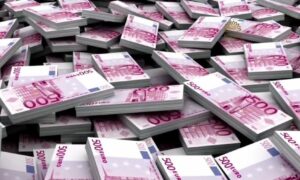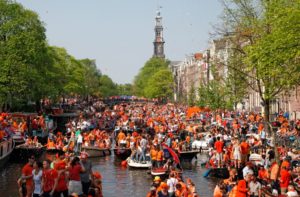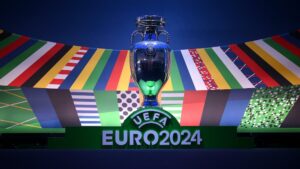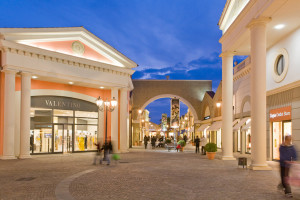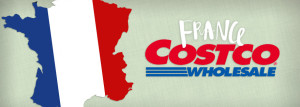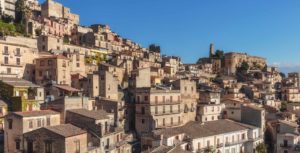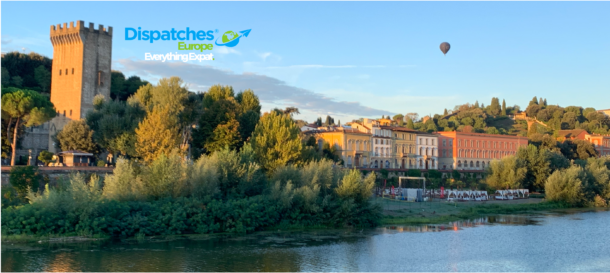Since we founded Dispatches Europe in 2015, Eindhoven has been one big global headline away from its first Skype-or-Adyen-level Unicorn since ASML back in the day.
Suddenly, at the end of 2019, there is a second candidate emerging after JW Player.
This has been an amazing year for Lightyear, which debuted its first car back in June at the Helmond Automotive Campus. First, Time Magazine includes Lightyear, which has built a solar/battery sedan, on its November list of 2019’s best inventions. Headlines anointing Lightyear as “the Tesla killer” followed. Next, Lightyear hires a former Tesla executive as their commercial strategist. Coincidence? We think not.
Let’s go with the Time recognition first:
Electric cars are all the rage. But there is the problem of batteries running low far from a charging station. Dutch automotive startup Lightyear has a potential solution in the Lightyear One, a futuristic-looking electric sedan adorned with solar panels that recharge the car.
Shortly after Lightyear made the Time list, company executives announced they’ve hired Johan Vos, who played a role in rolling out Tesla models in Europe, as its chief commercial officer.
Vos was at Tesla in various roles, including 18 months as senior director service, support & operations EME from 2016 until he joined Lightyear last month, according to his LinkedIn profile.
When serious executives with serious management experience jump into a startup … well, that’s when things get serious. And by serious, we mean raising hundreds of millions or even a billion euros/dollars toward building a serious automotive company … the European Tesla. And – one hopes – more profitable and stable than Elon Musk’s flashy but erratic effort.
Clearly, the solar element of the Lightyear concept has limited practicality in the Netherland and Northern Europe. But if you live on the sunny Mediterranean or Aegean, all of a sudden, Lightyear looks a lot more appealing. And if you live in Dubai, Sydney, Los Angeles or Phoenix, this combination of solar and battery is a no-brainer.
Now they have the management. All they need is money.
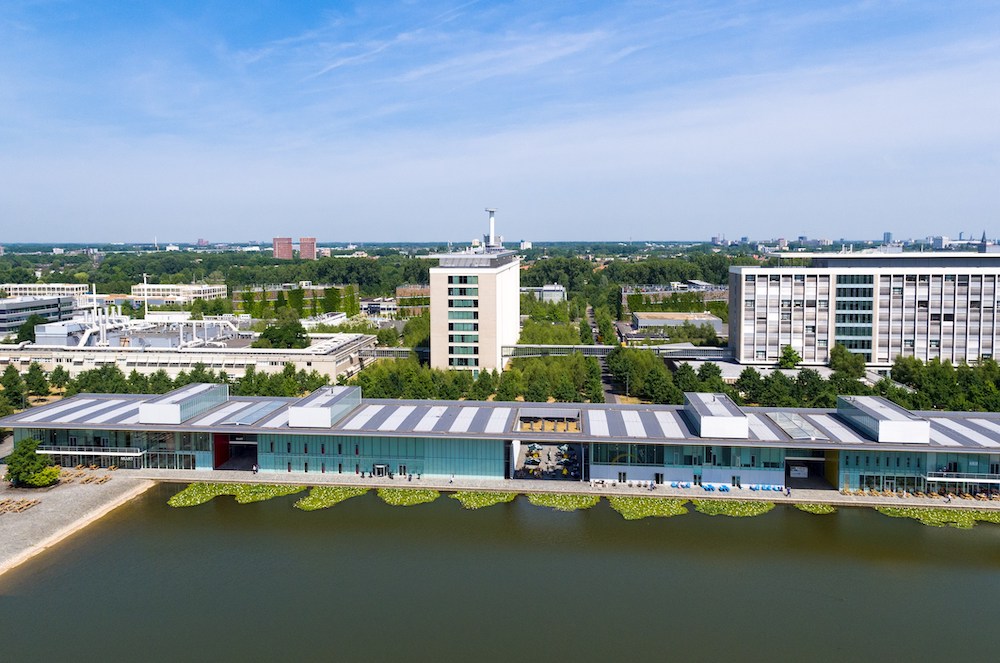
5G hub coming to HTC
Just a year ago, High Tech Campus Eindhoven created the largest multi-building startup hub in the Netherlands (though we keep hearing Impact Hub in Amsterdam is bigger).
Now, this could be a bigger deal. Much bigger.
Campus executives announced at the recent High Tech Next: Towards 2030 event that a 5G hub is coming to campus next month. All the regulatory applications and zoning issues aren’t complete, so details are scarce.
But Cees Admiraal, HTC business development director, said the hub is planned for Hall 3 in Building 25, a collaboration with two telecommunications/networks giants: Stockholm-based Ericsson and Vodafone, based in London.
Also in the mix is Aircision, a HighTechXL startup that uses CERN’s free-space optics laser as a link in the 5G systems that every innovation center in the world will be building.
Stop us if you heard all this before, but 5G will provide devices from phones to autonomous vehicles with a far faster, far broader Internet connection, and nearly zero latency. In other words, 5G is crazy fast and crazy reliable, with no drop-out. But … it takes a lot of infrastructure, including cell towers linked by lasers. And that’s where Aircision comes into the mix, providing the crucial link.
Aircision, part of HighTechXL’s first deep-tech cohort, uses a CERN-developed laser technology to transmit data and connect the transmission cells in place of more expensive fiber optics or microwaves.
In addition to the 5G hub, an AI lab is also in the works on campus. And all of this is part of a larger push to compete with The Valley, Boston and Berlin.
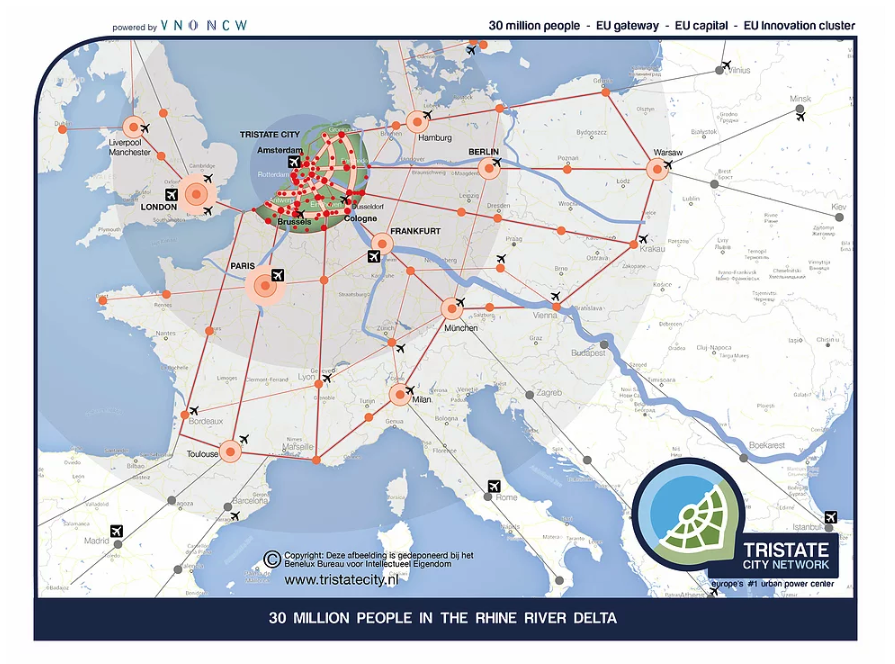
Should Eindhoven join TristateCity?
Bart Brouwers and the crew at Innovation Origins have – as they always say – a preview of the future with a current post about the TristateCity model. And to some extent, the future is already here in the Netherlands. You just have to rethink your definition of a “city.”
The TristateCity model’s central tenant is bigger is better … that for 21st-century cities to be competitive, they have to be large enough to offer opportunities for top talent. Peter Savelberg, creator of the TristateCity model, states that 60 “super cities” with populations of 15 to 30 million, have formed in the past 20 years, including Tokyo/Kawasaki/Yokohama, the Seoul metroplex and Shanghai.
Which means small European cities such as Eindhoven – population 225,000 – is a blip on the radar of highly skilled talent and the capital that follows them no matter how many advanced companies are here.
Unless.
Unless you see the bigger picture. Which Savelberg sees as Dutch cities joining together with other regional cities into an Amsterdam-Brussels-Düsseldorf triangle, a mega-cluster with 30 million people and marketed as … wait for it … TristateCity.
From the TristateCity website:
TristateCity is both the European Gateway (3 airports/3 seaports), the European Capital (Brussels Capital) and one of the most important European Innovation Hotspot (Eindhoven/Rhein-Ruhr).
This is not exactly new. Amsterdam, Rotterdam, Utrecht and Den Haag make up the Randstad megalopolis, with about 8 million people. Düsseldorf, Köln, Bonn, Duisburg and all the cities in southwestern Germany are considered the Rhine-Ruhr, with 10 million people, the fourth or fifth largest “city” in Europe behind the London metroplex, the Paris Metroplex and Moscow. But none of these regions market as a city.
Savelberg sees his marketing effort as more effective than the underfunded city marketing plans. And we agree.
Actually brief briefs:
• GTX merges with U.S. company
Eindhoven serial entrepreneur Sjaak Deckers has done it again. His latest company, Lausanne, Switzerland-based GTX, has merged with Los Angeles-based NeuroRecovery Technologies, to form GTX Medical BV. Deckers has a history of developing technologies for restoring movement for people with spinal cord injuries.
The merged company is developing Targeted Epidural Spine Stimulation (TESS), an implantable spinal cord stimulation system with real-time motion feedback, according to the news release.
The Christopher & Dana Reeve Foundation and several venture capital firms, including Munich-based Wellington Partners, are investors in the new effort.
Deckers founded Sapiens, which sold to Minneapolis-based medical tech giant Medtronic in 2015 for 150 million euros.
• New auto tech from NXP
Though it’s a much quieter company than ASLM, Eindhoven-based NXP is always developing cool new semiconductor innovations. NXP and Volkswagen are rolling out NXP’s RoadLINK V2X communication solution.
The technology can prevent accidents by enabling cars to communicate with each other regardless of the car brand … and without cellular infrastructure.
Also, NXP just developed a new chip that can let you use your phone to locate, open, then start your car. NXP is the world’s largest maker of chips for the automotive industry.


